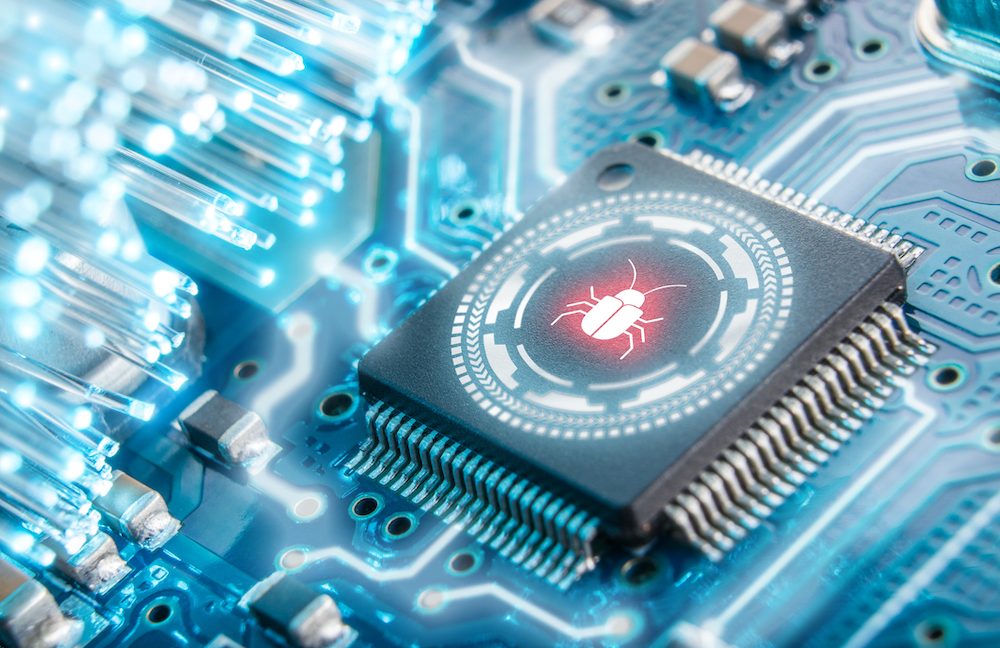Over the past decade, a new class of infections has threatened Windows users. By infecting the firmware that runs immediately before the operating system loads, these UEFI bootkits continue to run even when the hard drive is replaced or reformatted. Now the same type of chip-dwelling malware has been found in the wild for backdooring Linux machines.
Researchers at security firm ESET said Wednesday that Bootkitty—the name unknown threat actors gave to their Linux bootkit—was uploaded to VirusTotal earlier this month. Compared to its Windows cousins, Bootkitty is still relatively rudimentary, containing imperfections in key under-the-hood functionality and lacking the means to infect all Linux distributions other than Ubuntu. That has led the company researchers to suspect the new bootkit is likely a proof-of-concept release. To date, ESET has found no evidence of actual infections in the wild.
The ASCII logo that Bootkitty is capable of rendering.
Credit:
ESET
Be prepared
Still, Bootkitty suggests threat actors may be actively developing a Linux version of the same sort of unkillable bootkit that previously was found only targeting Windows machines.
“Whether a proof of concept or not, Bootkitty marks an interesting move forward in the UEFI threat landscape, breaking the belief about modern UEFI bootkits being Windows-exclusive threats,” ESET researchers wrote. “Even though the current version from VirusTotal does not, at the moment, represent a real threat to the majority of Linux systems, it emphasizes the necessity of being prepared for potential future threats.”
A rootkit is a piece of malware that runs in the deepest regions of the operating system it infects. It leverages this strategic position to hide information about its presence from the operating system itself. A bootkit, meanwhile, is malware that infects the boot-up process in much the same way. Bootkits for the UEFI—short for Unified Extensible Firmware Interface—lurk in the chip-resident firmware that runs each time a machine boots. These sorts of bootkits can persist indefinitely, providing a stealthy means for backdooring the operating system even before it has fully loaded and enabled security defenses such as antivirus software.
The bar for installing a bootkit is high. An attacker first must gain administrative control of the targeted machine, either through physical access while it’s unlocked or somehow exploiting a critical vulnerability in the OS. Under those circumstances, attackers already have the ability to install OS-resident malware. Bootkits, however, are much more powerful since they (1) run before the OS does and (2) are, at least practically speaking, undetectable and unremovable.

